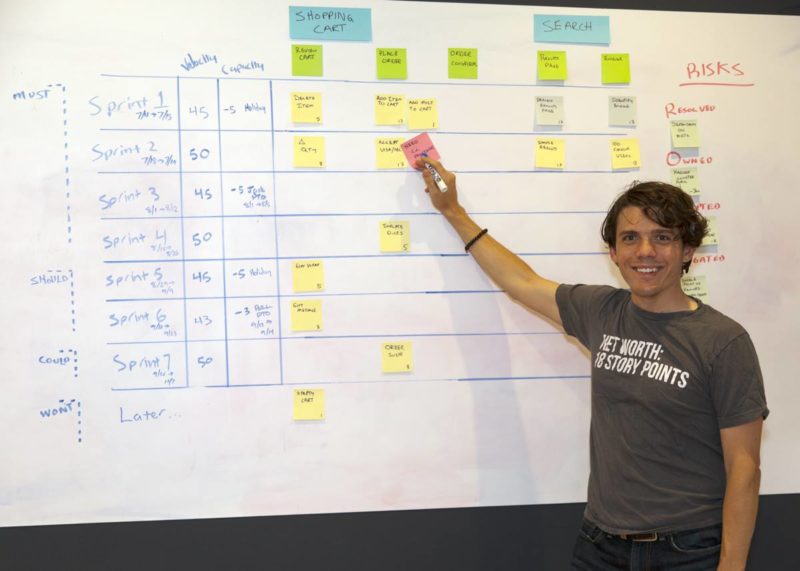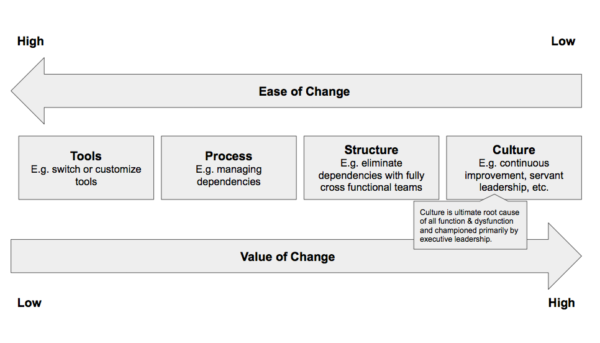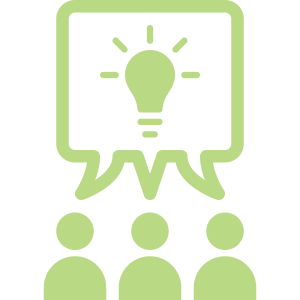Agile Coaching
A Product-centric, Pragmatic Approach
Agile Coaching
A Product-centric, Pragmatic Approach

Agile Coaching
A Product-centric, Pragmatic Approach

Learn Agile from a product expert who has spent his career “in the trenches.”
Agile coaches come from all walks of life, most often from Scrum Master, project manager, and development manager backgrounds. While these coaches can credibly teach teams, programs, and companies to make the most of the various Agile frameworks, only a few have hands-on experience as product leaders with business backgrounds. As a result, they can struggle to build rapport with teams, especially Product Owners and Managers who often find themselves in the difficult position of trying to satisfy stakeholder’s unlimited desires with the real-world capacity of their teams.
I’m a bit different: I come from a business and product management background. Unlike Scrum Masters, project managers, and engineering managers, I’ve spent years incrementally and iteratively developing products hands-on with teams, customers, and business stakeholders. This allows me to build a greater degree of rapport with teams and programs. I’m especially well-suited to coach product organizations in Agile frameworks, design thinking, and product strategy.
The vast majority of Agile coaches agree that following a disciplined, textbook approach at the beginning is crucial to success. However, this is extremely difficult in practice. This is because the tools and processes contained within Agile frameworks are designed for companies with Agile structures and cultures, which take much longer to develop. So when we introduce Agile tools and processes to our teams, we create significant cognitive dissonance which leads them to want to adapt Agile to fit the structure and culture they have. Many coaches focus directly on culture to help address this issue, but this approach rarely works.
My approach is different. Instead, I agree with the experts at Toyota and NUMMI who found that it was the tools and processes that lead to cultural change. As Jerry Sternin said, “It’s easier to act your way into a new way of thinking, than think your way into a new way of acting.” Adapting tools and processes naïvely or too early stops this magic dead in its tracks. So, I work with teams to develop resilience at the beginning of the transformation, then partner with Portfolio and Executive Coaches to help leaders take advantage of their team’s suggestions and newfound enthusiasm.



